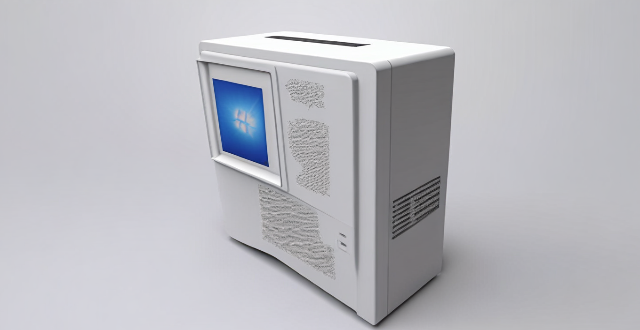The article discusses the basic components needed for assembling a computer. These include the Central Processing Unit (CPU), Motherboard, Random Access Memory (RAM), Hard Drive or Solid State Drive (SSD), Power Supply Unit (PSU), Graphics Processing Unit (GPU), Cooling System, Case or Chassis, Operating System (OS), and Peripherals such as a keyboard, mouse, monitor, speakers, and printer. The article emphasizes that while these components are essential, peripherals are optional but necessary for full functionality.

Basic Components Needed for Assembling a Computer
Assembling a computer requires several basic components that work together to create a functional system. Here are the essential parts you'll need:
1. Central Processing Unit (CPU)
The CPU, also known as the processor, is the brain of the computer. It performs calculations and executes instructions.
2. Motherboard
The motherboard is the main circuit board that connects all the components of the computer. It provides slots for the CPU, memory, and expansion cards.
3. Random Access Memory (RAM)
RAM is temporary storage that holds data and programs currently being used by the CPU. More RAM allows for faster processing and multitasking.
4. Hard Drive or Solid State Drive (SSD)
A hard drive or SSD stores data permanently. An SSD is faster and more reliable than a traditional hard drive.
5. Power Supply Unit (PSU)
The PSU converts electrical power from the wall outlet into usable power for the computer's components.
6. Graphics Processing Unit (GPU)
The GPU handles video rendering and image processing. It can be integrated into the CPU or a separate card installed in the motherboard.
7. Cooling System
A cooling system, such as fans or a liquid cooling system, prevents overheating of the computer's components.
8. Case or Chassis
The case houses all the components and provides protection and ventilation.
9. Operating System (OS)
The OS manages the computer's hardware and software resources and provides an interface for users to interact with the system.
10. Peripherals (Optional)
Peripherals such as a keyboard, mouse, monitor, speakers, and printer are not necessary for assembling a computer but are needed for full functionality.
By gathering these basic components, you can start assembling your own computer.